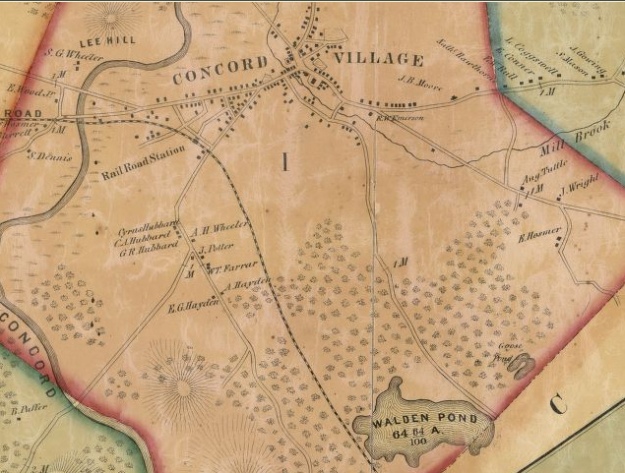“It is remarkable how many creatures live wild and free though secret in the woods, and still sustain themselves in the neighborhood of towns, suspected by hunters only.” — Henry David Thoreau, “Brute Neighbors,” Walden
It bears repeating that Walden Pond was not a wilderness. A mile-and-a-half from town, it was bordered by a railroad and frequented by woodcutters and visitors from town, and was less thickly wooded than it is today. But it was rich with wildlife for Henry to enjoy.
And so are our cities. Animals keep adapting to human presence, and so you have (in my part of the country) deer browsing the flowers in people’s yards, a peregrine falcon nesting in the tower of the Nebraska state capitol, a full-grown mountain lion several years ago wandering the streets of Omaha. An assortment of foxes, raccoons, possums, and coyotes, ducks and geese and even great blue herons at our local lake. Generations ago our ancestors moved to cities to get away from rural life, but the country is creeping back in (sometimes for lack of other habitat).
There are problems with this (ask anyone’s who’s hit a deer with their car, or lost a dog to a coyote), but for our purposes here it means that wildlife may be closer than you think.

Great Blue Heron, Holmes Lake, Lincoln, Nebraska, not far from where the turtles appear in the previous photo.
(About “A Year in Walden”)


